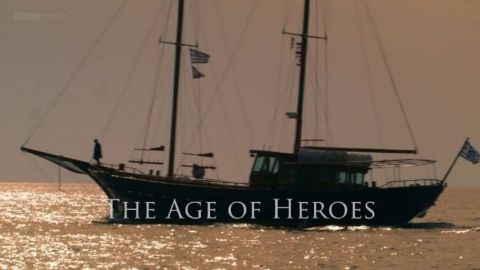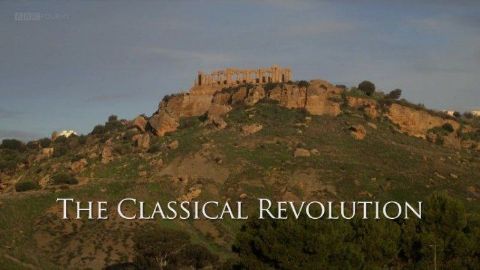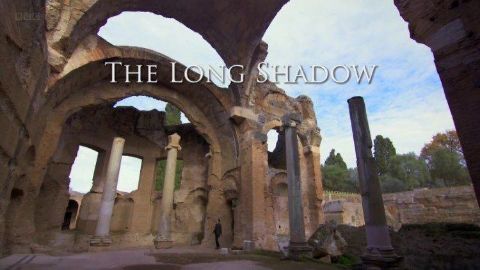Treasures of Ancient Greece • 2015 • 3 episodes • 2h:54m
Alastair Sooke explores the riches and unique legacy of Greek art.
Alastair explores the surprising roots of Greek art, beginning his journey in Crete at the palace of Knossos, legendary home of the Minotaur. He travels to Santorini to the 'Greek Pompeii', and finds gold in the fabled stronghold of Mycenae and dazzling remains from Greece's Dark Ages. Alastair discovers the beginnings of a defining spirit in Greek art, embracing mythology, a passion for symmetry, and an obsession with the human body.
S1E1 • 2015 • History
Alastair unpicks the reasons behind the dazzling revolution that gave birth to classical Greek art, asking how the Greeks got so good so quickly. He travels to the beautiful Valley of the Temples in Agrigento, and to the island of Mozia to see the astonishing charioteer found there in 1979, and marvels at the athletic bodies of the warriors dragged from the seabed - the Riace Bronzes. It was a creative explosion that covered architecture, sculpting in marble, casting in bronze, even painting on vases. Perhaps the most powerful factor was also its greatest legacy - a fascination with the naked human body.
S1E2 • 2015 • History
Alastair explores the extraordinary afterlife of the Greek masterpieces that changed the course of western culture. Succeeding centuries have found in ancient Greek art inspiration for their own ideals and ambitions. Filming in Italy, Germany, France and Britain, Alastair's investigation includes The Venus of Knidos, the first naked woman in Western art, the bronze horses of St Mark's in Venice which became a pawn in an imperial game and the naked discus thrower, the Discobolus, personally bought by Adolf Hitler and used by him as a symbol of Aryan supremacy.
S1E3 • 2015 • History


